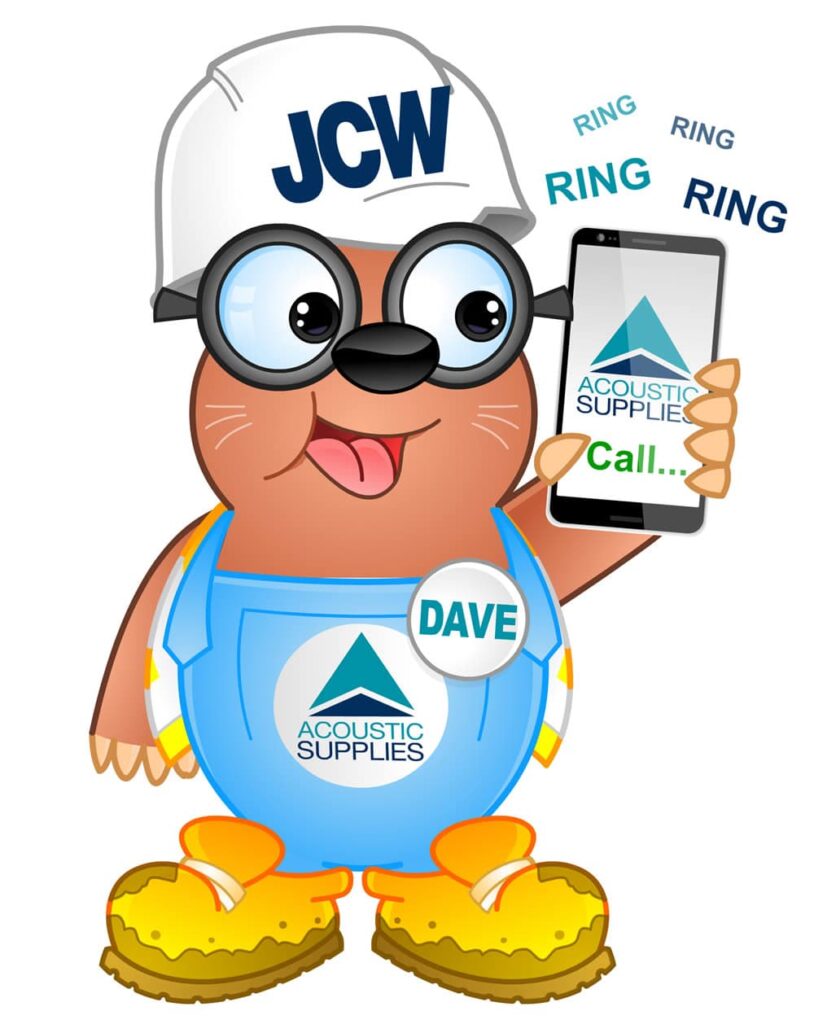About Vibration & Reverberation Time
What is vibration?
When something moves periodically about a static position it can be said to vibrate. Examples of unwanted vibration are the movement of a building near a railway line when a train passes, or the vibration of the floor caused by a washing machine or spin dryer. Floor vibration can be reduced with vibration isolators, sometimes at the risk of increased machinery vibration and subsequent deterioration.
How is vibration measured?
Vibration is often measured with an accelerometer. This is a device that is securely attached to the surface under investigation. The accelerometer produces an electrical charge proportional to the surface acceleration, which is then amplified by a charge amplifier and recorded or observed with a meter. The frequencies of interest are generally lower than sound, and range from below 1 Hz to about 1 kHz.
How is vibration isolated or controlled?
Vibration problems are solved by considering the system as a number of connected springs and masses with damping.
If the vibration is produced by a motor inside a machine, it is necessary that the natural frequency of the supporting system is well below frequency of motor oscillations (the forcing frequency). This is achieved by increasing the mass or decreasing the stiffness of the system as appropriate.
What is reverberation time?
This is the time required for sound in a room to decay by 60 decibels. The reverberation time, T, is defined as the time taken for sound energy to decay in a room by a factor of one million in energy (60 dB).
Contact JCW Acoustic Supplies
If you have any questions about vibration, reverberation times or anything else, please get in touch with us using our web form and we will be get back to you as soon as possible.

